We explain what pollution is, and explore its causes and effects. In addition, we discuss its characteristics and solutions.
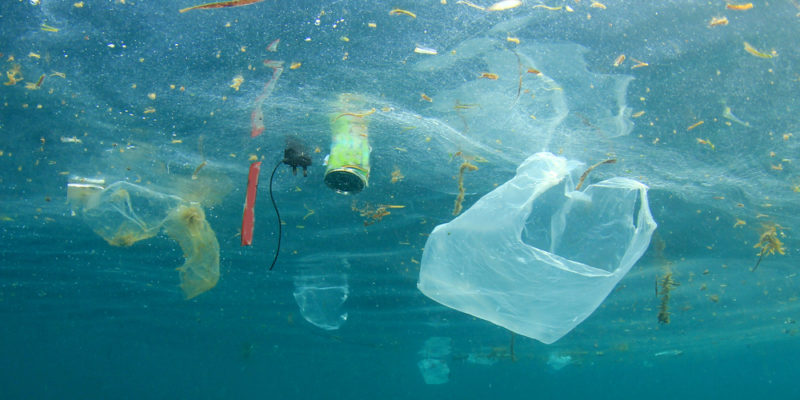
What is pollution?
Pollution is the presence of substances or materials in the environment that cause direct or indirect adverse effects on human health and living beings in general.
It occurs when a natural ecosystem cannot absorb and eliminate the substances it receives, leading to their accumulation. Pollution may have severe and permanent effects on people, plant and animal life, soil, and water.
Pollution may be caused by numerous human activities, such as the burning of fossil fuels, waste production and disposal, the use of agrochemicals, and industrial activity.
Pollution is classified according to the environment where it accumulates: air, soil, or water. In recent decades, other categories have been identified depending on the element of the ecosystem it affects: light, noise, or thermal.
- See also: Environmental pollution
Causes of pollution
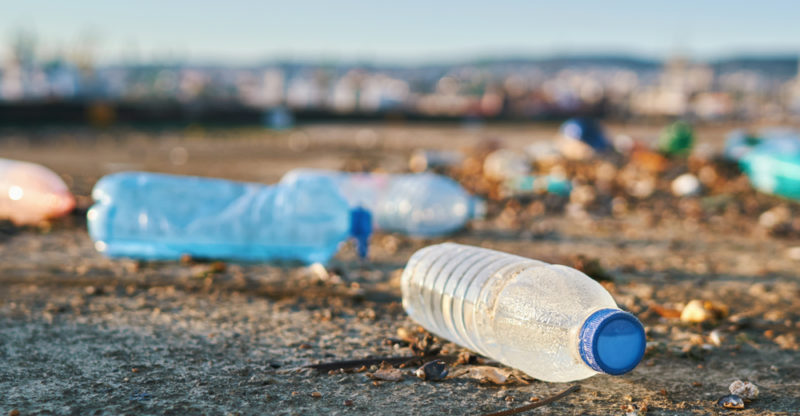
Since the Industrial Revolution, which took place during the 18th and 19th centuries, pollution has intensified worldwide. The advent of the steam engine and other technological advances meant a significant increase in industrial production and the burning of fossil fuels.
During this period, industries began to mass-produce leading to an increase in waste and pollutants. Furthermore, the burning of fossil fuels such as coal and oil increased significantly. By the end of the 19th century, major cities, particularly in Europe, had begun to exhibit high levels of air, soil, and water pollution.
Throughout the 20th century, pollution intensified worldwide. World population growth created the need to produce more food, and with it, the amount of agrochemicals used in intensive agriculture also raised pollution levels.
Furthermore, growing consumption patterns in developed countries resulted in a considerable increase in industrial production, negatively impacting environments especially in large cities.
At present, pollution levels on the planet are alarming, causing environmental and ecological alterations that affect all living beings inhabiting Earth.
Air pollution

Air pollution is the presence of toxic substances and pollutants in the atmosphere that can affect humans, ecosystems, and climate. It is mainly caused by the burning of fossil fuels, industry, agriculture, transportation, and energy production.
The main gas emissions resulting from these activities are:
- Carbon dioxide (CO₂). One of the major greenhouse gases emitted into the atmosphere, it is produced by the burning of fossil fuels such as oil, natural gas, and coal.
- Methane (CH₄). Another major greenhouse gas, it is caused by the decomposition of organic matter. Animal feces from livestock farming and the accumulation of organic waste are the main sources of methane emissions on the planet.
- Carbon monoxide (CO). An odorless and colorless gas emitted mainly by the incomplete combustion of fuels in vehicles and heating equipment.
- Nitrogen oxide (NOx). Emitted mainly by vehicles, power plants, and industries, it contributes to the formation of smog and acid rain.
- Sulfur dioxide (SO₂). Emitted mostly by industries, it also contributes to the formation of acid rain.
- Chlorofluorocarbon (CFC). Emitted by refrigeration equipment such as refrigerators and air conditioners, and by aerosols. Its emission has virtually stopped due to its proven ozone layer depletion effects.
- See also: Air pollution
Soil pollution
All living beings depend on the organic and inorganic balance of the soil, as it is there that plants grow and thus start the food chain. Soil pollution may have negative effects on plants and animals, as well as on humans who consume food produced in contaminated soils.
Soil pollution is mainly caused by:
- Toxic waste discharge. Improper treatment of chemicals, metals, and oils can seriously contaminate the soil.
- The use of agrochemicals. Inadequate use of herbicides, pesticides, and fertilizers in agriculture is one of the main causes of soil contamination in rural environments.
The presence of toxic substances in the soil can result in water contamination by polluting groundwater layers.
Water pollution

Water pollution is the presence of substances or materials in water that may cause adverse effects on human health, aquatic life, and the natural environment in general.
Water is considered polluted when it is unfit for human or animal consumption. Since the beginning of industrialization, factories have used rivers to dispose of chemical substances resulting from their economic activities. This has led to increased levels of water pollution worldwide over the last two centuries.
In addition, most cities discharge sewage waste into water bodies. When wastewater is not adequately treated, it may contain bacteria, viruses, and chemicals that are detrimental to health. Several of the worst epidemics in history started as a result of contaminated water consumption, such as the Paris cholera epidemic during the mid-19th century.
Radioactive contamination

Radioactive contamination is mainly caused by industries associated with nuclear power, though it can also be the result of nuclear bombs, whose radioactive contamination remains long after detonation. Radioactive contamination can also result from nuclear accidents, such as the one in Chernobyl in 1986.
Exposure to high levels of radiation can cause skin burns, and damage the genetic material of cells. This damage can lead to diseases and genetic malformations that may be passed down through generations. In Japan, people are still born with genetic malformations as a consequence of the atomic bombings of Hiroshima and Nagasaki in 1945.
Light pollution
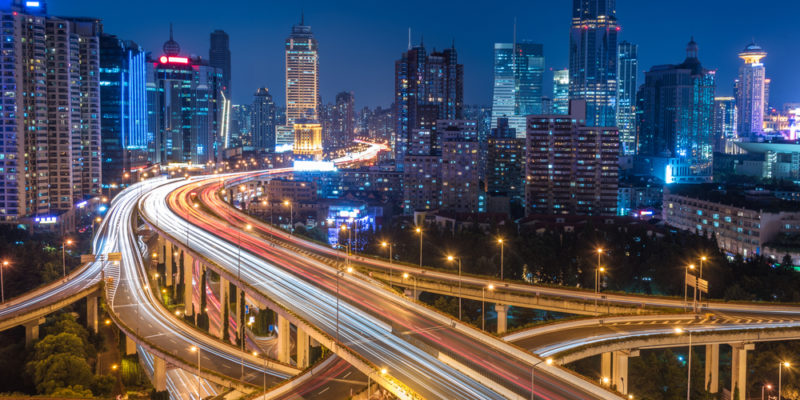
Light pollution is the excess of artificial light in the environment. It may have negative consequences on human health and animals. Besides hindering the view of the night sky, it causes sleep pattern and cycle disorders and significantly affects nocturnal ecosystems, as many animal species depend on the cycles of light and darkness for their biological balance.
The main cause of light pollution is artificial lighting in cities and urban areas, such as street lights, buildings, monuments, and lighted signs.
Thermal pollution
Thermal pollution is defined as the rise in air or water temperature as a result of human activities. Heat emissions from factories and the construction of urban infrastructure such as roads and highways increase ambient temperature, generating thermal pollution.
The removal of trees and forests that provide shade also contributes to increased thermal pollution. Rising river, lake and sea water temperatures may be brought about by tree removal, urban development, and the use of water to cool nuclear power plants and other industrial processes.
Thermal pollution may have adverse effects on the health of humans and other living beings. It may cause the death of aquatic species, the decline in water quality, and algal blooms. The rise in air temperature can cause respiratory diseases and even death from heat waves during the summer months.
Effects of pollution
Pollution is one of the greatest threats to life on the planet. It affects humans, as well as plant and animal life. The effects of pollution may appear immediately or in the long term.
Exposure to toxic gases can cause respiratory problems, cardiovascular disease, and even cancer. Air pollution may also affect crops and biodiversity, and may cause changes in weather patterns and climate cycles.
Pollution may also lead to the degradation of aquatic life. Industrial and household waste contaminates rivers, lakes and oceans, making water toxic for animals and humans. Ingesting polluted water may cause diseases such as cholera, dysentery, and typhoid fever.
Toxic chemicals and hazardous waste can infiltrate the soil, affecting crops and animals. Humans may also be affected by eating contaminated food.
Moreover, pollution can affect biodiversity by altering natural ecosystems and reducing the ability of living beings to adapt to environmental changes. Pollution can also affect the ecological balance by altering nutrient and water cycles.
Possible solutions to pollution

Since the 1972 Stockholm Conference, countries around the world have met periodically to draw up strategies to reduce pollution levels on a global scale. However, in recent decades the planet's environmental conditions have systematically worsened. The main causes are companies not meeting pollution reduction targets and inadequate government controls.
Some of the strategies proposed by environmental pollution experts to improve living conditions on the planet are:
- Promote the use of renewable energies. Using solar or wind energy rather than fossil fuels can help reduce air pollution levels.
- Encourage energy efficiency. The use of cleaner and more sustainable industrial technologies can contribute to reducing the sources of gas emissions from electricity and fuel production.
- Implement adequate waste management. Improving waste management can help reduce the amount of urban waste and minimize its environmental impact.
- Promote environmental education. Environmental education helps raise awareness of the importance of environmental care both in schools and in the private sphere.
- Encourage research. The development of better and cleaner technologies as well as the implementation of public policies aimed at regulating and controlling pollution emissions can help improve the planet's environmental conditions.
- Limit private vehicle use. Encouraging the use of public transportation and non-polluting vehicles like bicycles leads to fewer cars on the streets, and therefore, in a reduction in greenhouse gas emissions.
Explore next:
References
- DKV (2022). La contaminación radiactiva: qué es, por qué se produce, cuáles son sus consecuencias. https://dkv.es/
- Instituto para la Salud Geoambiental (s.f). La contaminación atmosférica provoca unas 400.000 muertes prematuras en Europa. https://www.saludgeoambiental.org/
- Ecolec (2021). ¿Qué es la contaminación hídrica? https://ecolec.es/
- FAO (2018). La contaminación de los suelos está contaminando nuestro futuro. https://www.fao.org/
- Martín, E (2022). La contaminación térmica. Causas y consecuencias. https://www.narasolar.com/
- UNAM (s.f). Contaminación lumínica. http://www2.astroscu.unam.mx/



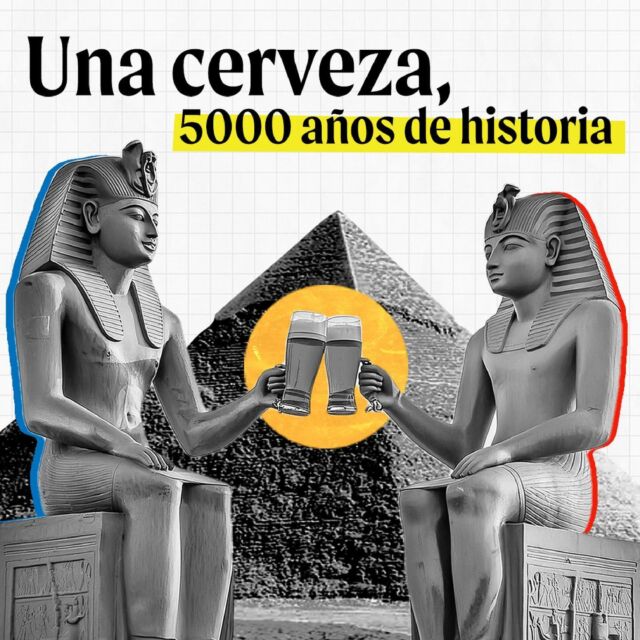
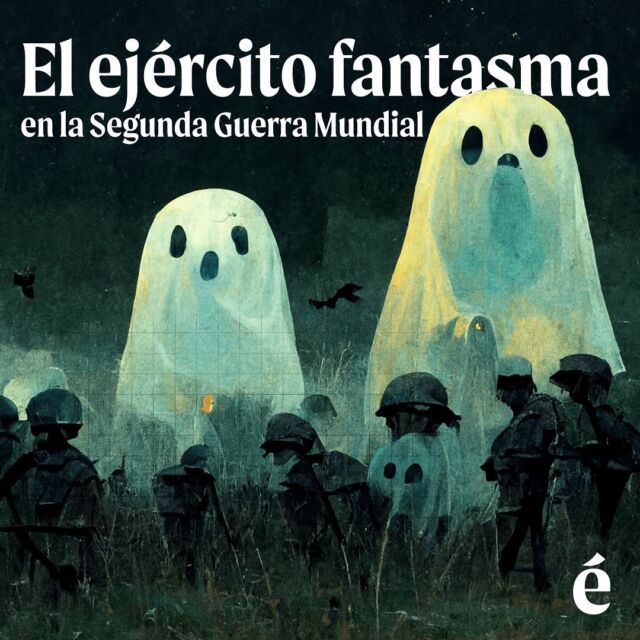
Was this information useful to you?
Yes NoThank you for visiting us :)